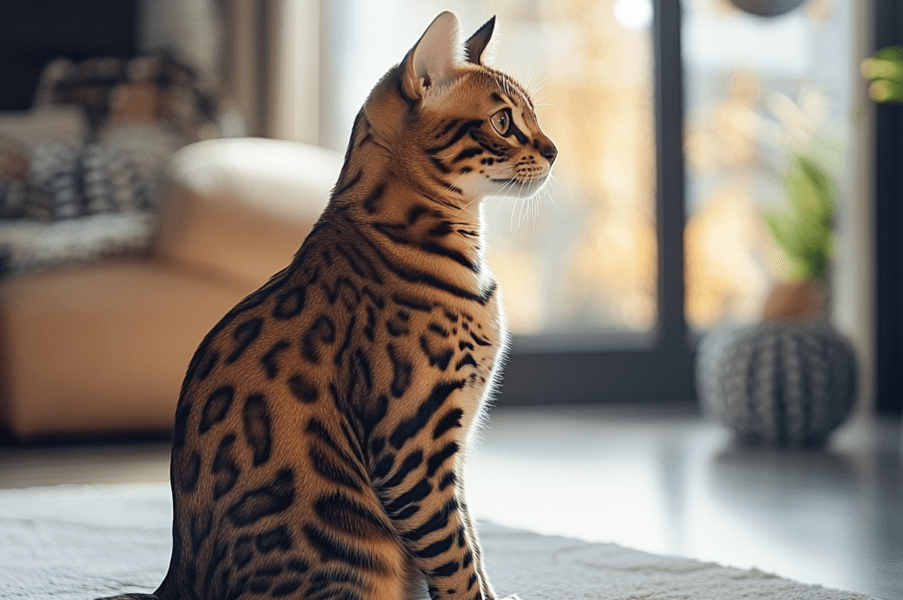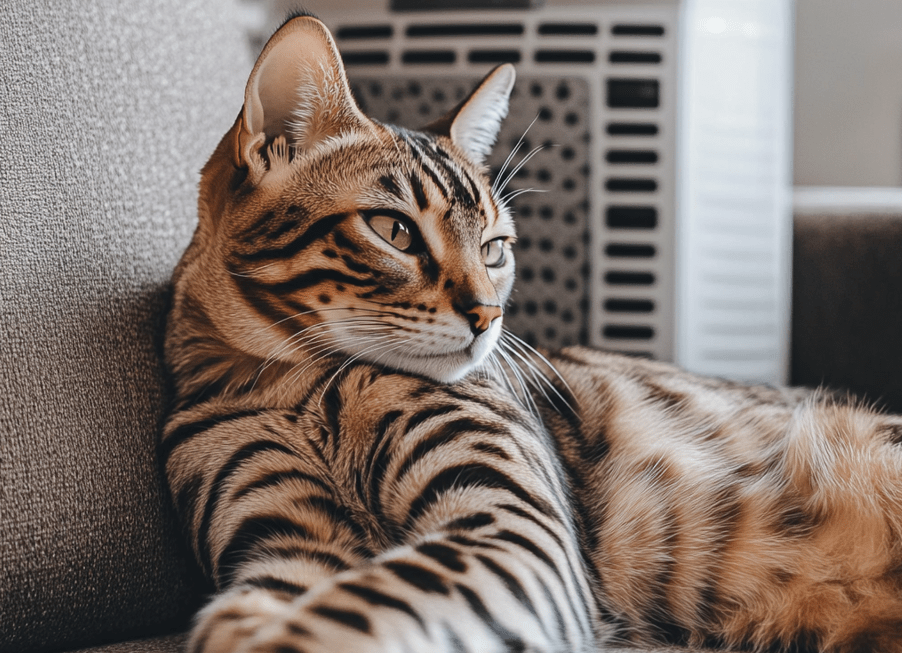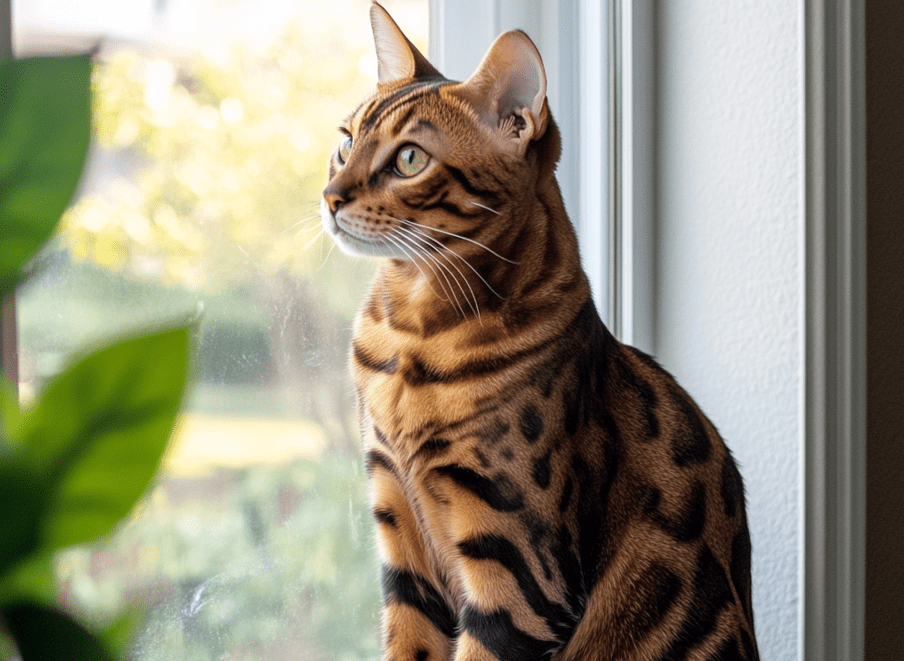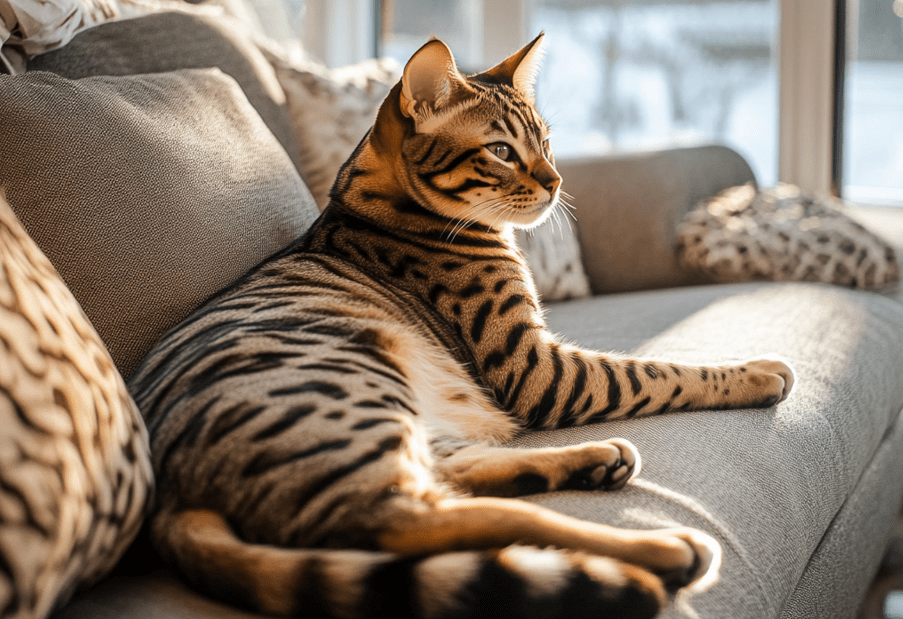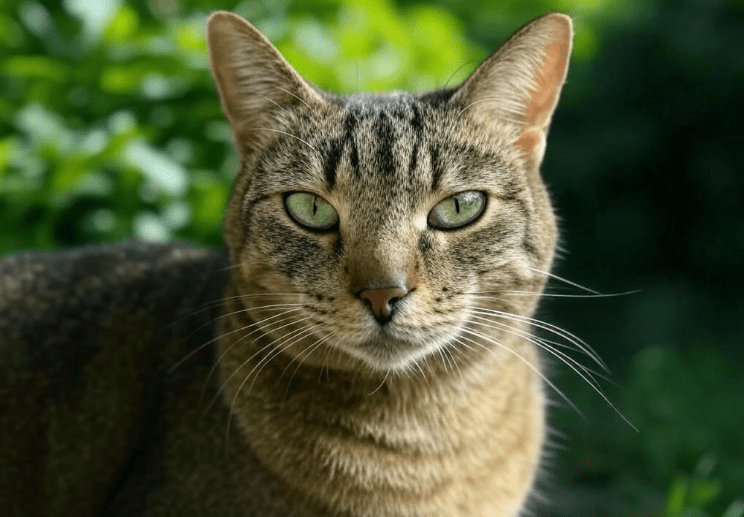
Bengal cats are known for their striking appearance and energetic personalities, but their intelligence and curiosity set them apart. If you’re a Bengal cat owner, you’ve likely noticed their need for mental stimulation. This is where puzzle feeders for Bengal cats come in as a game-changer. These innovative tools not only provide entertainment but also engage your cat’s natural instincts, keeping them happy and healthy. In this comprehensive guide, we’ll explore everything you need to know about puzzle feeders, including their benefits, types, and how to choose the best one for your Bengal.
What Are Puzzle Feeders and Why Do Bengal Cats Need Them?
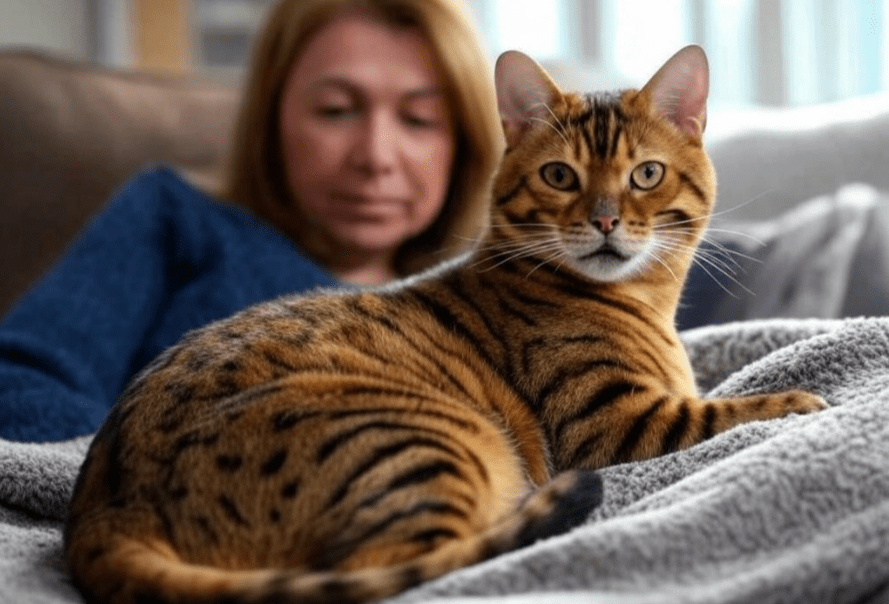
Puzzle feeders are interactive toys or devices designed to dispense food or treats as your cat solves a challenge. They come in various forms, such as mazes, balls, or boards with compartments, requiring your cat to think and move to access their reward. For Bengal cats, who are highly intelligent and active, puzzle feeders are particularly beneficial because they mimic the hunting behaviors these cats would exhibit in the wild.
Bengals are a breed known for their wild ancestry, descending from the Asian leopard cat. This heritage makes them more energetic and curious than many other domestic breeds. Without proper stimulation, they can become bored, leading to destructive behaviors like scratching furniture or excessive meowing. Puzzle feeders provide mental enrichment, helping to channel their energy into a productive and engaging activity.
Benefits of Puzzle Feeders for Bengal Cats
Using puzzle feeders offers a range of advantages for both you and your Bengal cat. Here are some key benefits:
Mental Stimulation: Bengals thrive on challenges. Puzzle feeders engage their problem-solving skills, keeping their minds sharp and reducing boredom.
Physical Activity: Many puzzle feeders require physical effort, such as pawing, nudging, or chasing, which helps keep your Bengal active and fit.
Slow Feeding: Bengals can be prone to eating too quickly, which may lead to digestive issues. Puzzle feeders encourage slower eating, promoting better digestion.
Reduces Anxiety: The act of solving a puzzle can be calming for cats, reducing stress and anxiety by giving them a focused task.
Encourages Natural Instincts: Hunting for food satisfies a Bengal’s natural predatory instincts, making mealtime more fulfilling.
Prevents Overeating: By slowing down the eating process, puzzle feeders can help manage your cat’s weight, which is crucial for their overall health.
Types of Puzzle Feeders for Bengal Cats
There are several types of puzzle feeders available, each catering to different levels of difficulty and engagement. Here’s a breakdown of the most popular options:
1. Treat Dispensing Balls
These are spherical toys with holes that release treats or kibble as your cat rolls them around. They’re great for beginners because they’re simple to use but still require some effort. For a Bengal, you might choose a ball with adjustable difficulty levels to keep them challenged as they improve.
2. Interactive Puzzle Boards
Puzzle boards feature multiple compartments, sliders, or levers that your cat must manipulate to access the food. These are ideal for Bengals because they offer a higher level of complexity, appealing to their intelligence. Some popular options include the Trixie Activity Board and the Nina Ottosson Cat Puzzle.
3. Maze Feeders
Maze feeders require your cat to navigate a series of tunnels or pathways to reach their food. These feeders often have adjustable settings, allowing you to increase the difficulty over time. They’re excellent for Bengals who love a challenge and enjoy using their paws to explore.
4. Slow Feeder Mats
While not as complex as puzzle boards, slow feeder mats have ridges or pockets that make it harder for your cat to eat quickly. These are a good starting point for Bengals who are new to puzzle feeding, as they introduce the concept of working for food without being too difficult.
5. DIY Puzzle Feeders
If you’re on a budget or enjoy crafting, you can create your own puzzle feeder using household items. For example, cut holes in a cardboard box and place treats inside, or hide kibble in a muffin tin covered with tennis balls. DIY feeders can be just as effective and allow you to customize the difficulty for your Bengal.
How to Choose the Right Puzzle Feeder for Your Bengal Cat
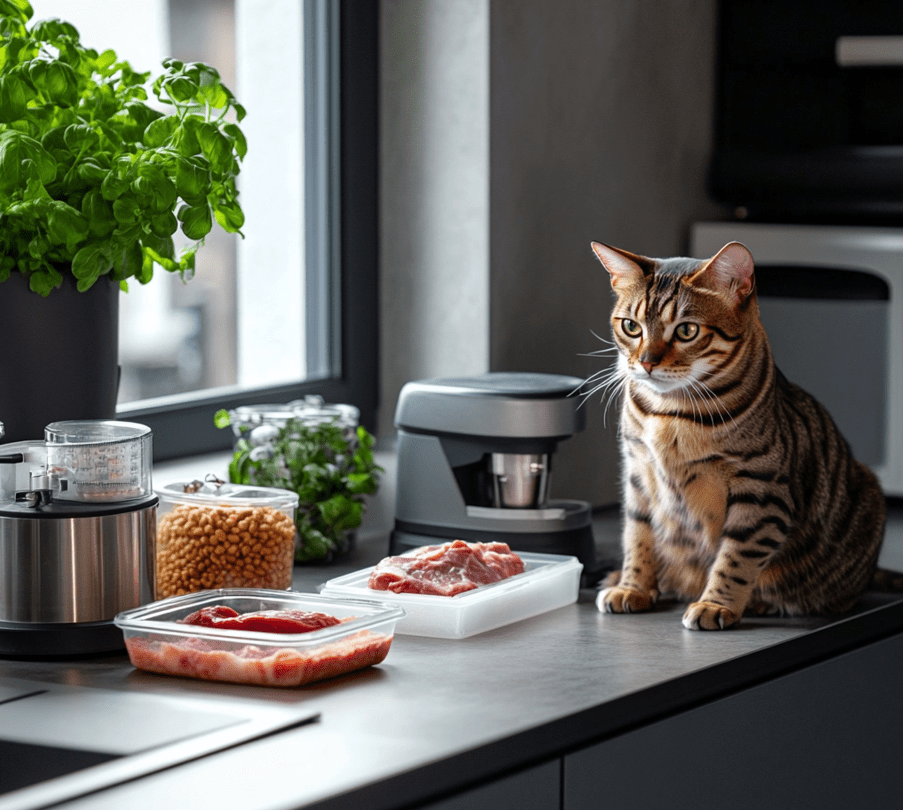
Selecting the best puzzle feeder for your Bengal depends on their personality, skill level, and preferences. Here are some factors to consider:
1. Difficulty Level
Bengals are quick learners, so starting with a beginner-level feeder might be too easy for them. Look for a feeder with adjustable settings or one designed for advanced cats. If your Bengal is new to puzzle feeders, you can start with a simpler design and gradually increase the challenge.
2. Material and Durability
Bengals are strong and energetic, so the feeder needs to withstand their enthusiasm. Opt for feeders made of durable materials like hard plastic or wood. Avoid cheap plastic toys that might break easily, as they could pose a choking hazard.
3. Size and Capacity
Ensure the feeder is appropriately sized for your Bengal. It should hold enough food to keep them engaged but not so much that they overeat. Also, check that the openings are large enough for their paws to maneuver comfortably.
4. Ease of Cleaning
Puzzle feeders can get messy, especially if you’re using wet food. Choose a feeder that’s easy to disassemble and clean to maintain hygiene. Many feeders are dishwasher-safe, which can save you time.
5. Your Bengal’s Preferences
Some Bengals prefer using their paws, while others might enjoy nudging with their noses. Observe how your cat interacts with toys to determine which type of feeder they’ll enjoy most. For example, if they love batting at objects, a treat-dispensing ball might be a hit.
How to Introduce Puzzle Feeders to Your Bengal Cat
Introducing a puzzle feeder to your Bengal requires patience and encouragement. Here’s a step-by-step guide to help them get started:
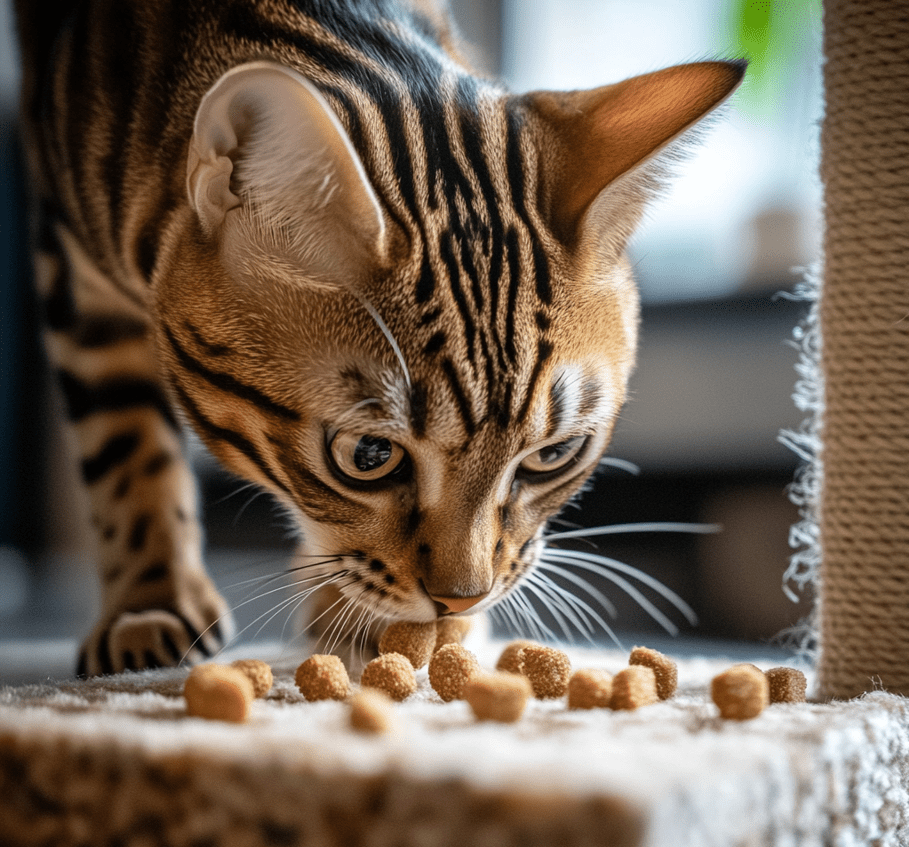
Step 1: Start Simple
Choose a beginner-friendly feeder and place a few pieces of kibble or treats in an easily accessible spot. Let your Bengal explore the feeder at their own pace without pressuring them.
Step 2: Use High-Value Rewards
Bengals are motivated by food, so use their favorite treats to entice them. The smellier, the better—think tuna-flavored treats or small pieces of chicken. This will make the feeder more appealing.
Step 3: Demonstrate the Process
If your Bengal seems unsure, show them how the feeder works by nudging it with your hand or placing a treat where they can see it. They’ll likely catch on quickly once they realize there’s food involved.
Step 4: Gradually Increase Difficulty
Once your Bengal masters the basics, increase the challenge by adjusting the feeder’s settings or switching to a more complex design. This keeps them engaged and prevents boredom.
Step 5: Be Patient
Some Bengals might take longer to warm up to a puzzle feeder, especially if they’re used to eating from a bowl. Don’t force them—let them adjust at their own pace. If they seem frustrated, reduce the difficulty and try again.
Top Puzzle Feeders for Bengal Cats in 2025
Here are some of the best puzzle feeders on the market that are perfect for Bengal cats:
1. Nina Ottosson Cat Puzzle (Level 3)
This puzzle board is designed for advanced cats, making it a great fit for Bengals. It features sliders, levers, and hidden compartments that require problem-solving skills. The durable plastic construction ensures it can handle a Bengal’s energy.
2. Trixie Activity Fun Board
The Trixie Fun Board offers multiple challenges, including tunnels, pegs, and drawers. It’s suitable for Bengals of all skill levels, as you can start with easier sections and progress to harder ones. The non-slip base keeps it steady during play.
3. PetSafe SlimCat Interactive Feeder Ball
This treat-dispensing ball is adjustable, allowing you to control the difficulty. It’s lightweight and easy for Bengals to roll around, encouraging physical activity while they eat. The SlimCat is also affordable, making it a great entry-level option.
4. Catit Senses 2.0 Food Maze
The Catit Food Maze has three difficulty levels, making it versatile for Bengals as they improve their skills. Your cat must paw or nudge the food through a series of tunnels to reach the bottom. It’s sturdy and easy to clean, which is a bonus for busy owners.
5. Aikiou Interactive Cat Feeder
This feeder combines a maze and puzzle board design, with compartments that your Bengal must open or navigate. It’s made of safe, durable materials and can be used with both wet and dry food, offering flexibility for mealtime.
Common Mistakes to Avoid When Using Puzzle Feeders
While puzzle feeders are fantastic tools, there are some pitfalls to watch out for:
Making It Too Hard Too Soon: If the feeder is too challenging, your Bengal might lose interest or become frustrated. Start with an easy setting and build up gradually.
Not Cleaning the Feeder: Food residue can attract bacteria, posing a health risk. Clean the feeder regularly, especially if you’re using wet food.
Overfilling the Feeder: Too much food can lead to overeating, negating the benefits of slow feeding. Use portion control to keep your Bengal at a healthy weight.
Ignoring Your Cat’s Signals: If your Bengal seems stressed or uninterested, take a break and reassess. They might need a different type of feeder or more time to adjust.
Using Low-Quality Feeders: Cheaply made feeders can break easily, posing a safety hazard. Invest in a high-quality product that can withstand your Bengal’s energy.
DIY Puzzle Feeder Ideas for Bengal Cats
If you’d like to get creative, here are a few DIY puzzle feeder ideas that are both fun and budget-friendly:
1. Cardboard Tube Maze
Cut several toilet paper rolls in half and glue them together in a maze-like pattern inside a shallow box. Place treats inside the tubes, and let your Bengal figure out how to reach them.
2. Muffin Tin Puzzle
Place treats in a muffin tin and cover each compartment with a tennis ball or crumpled paper. Your Bengal will need to remove the covers to access the food.
3. Plastic Bottle Dispenser
Cut small holes in a plastic bottle, fill it with kibble, and secure the cap. Your Bengal can roll the bottle to release the food through the holes.
These DIY options allow you to customize the difficulty and keep things fresh for your Bengal by creating new challenges regularly.
Puzzle Feeders and Bengal Cat Health: What You Need to Know
Puzzle feeders aren’t just about fun—they can have a significant impact on your Bengal’s health. Here’s how they contribute to overall well-being:
Weight Management
Bengals are prone to weight gain if they’re not active enough. Puzzle feeders slow down their eating, reducing the risk of overeating and helping maintain a healthy weight. The added physical activity also burns calories, keeping your cat fit.
Digestive Health
Eating too quickly can lead to vomiting or bloating in cats. By encouraging slower eating, puzzle feeders promote better digestion and reduce the risk of gastrointestinal issues.
Mental Health
Boredom and lack of stimulation can lead to stress, anxiety, or depression in Bengals. Puzzle feeders provide a mental workout, keeping your cat engaged and emotionally balanced.
Conclusion: Why Every Bengal Cat Owner Should Use Puzzle Feeders
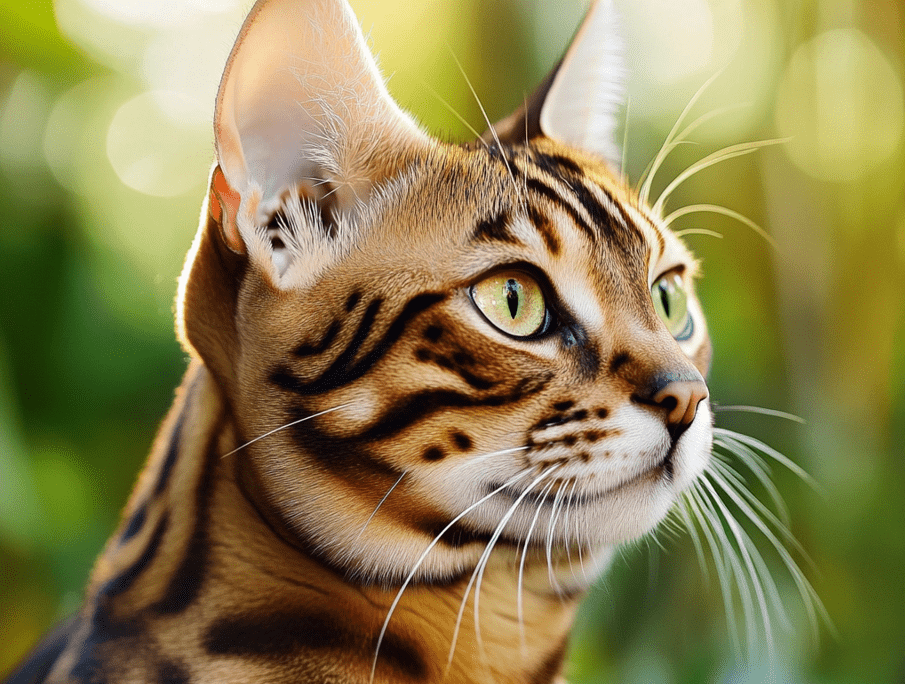
Puzzle feeders are a must-have for Bengal cats, offering a perfect blend of mental stimulation, physical activity, and instinctual satisfaction. They help prevent boredom, manage weight, and improve overall health, making them an essential tool for any Bengal owner. By choosing the right feeder, introducing it gradually, and keeping things varied, you can ensure your Bengal stays happy, healthy, and engaged.
Whether you opt for a store-bought feeder like the Nina Ottosson Cat Puzzle or get creative with a DIY option, the key is to tailor the experience to your cat’s needs. With the right approach, puzzle feeders can transform mealtime into a rewarding and enriching experience for your Bengal cat.

